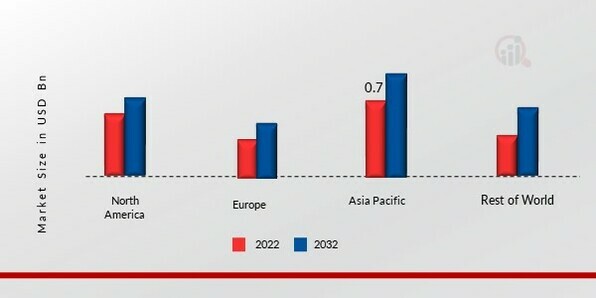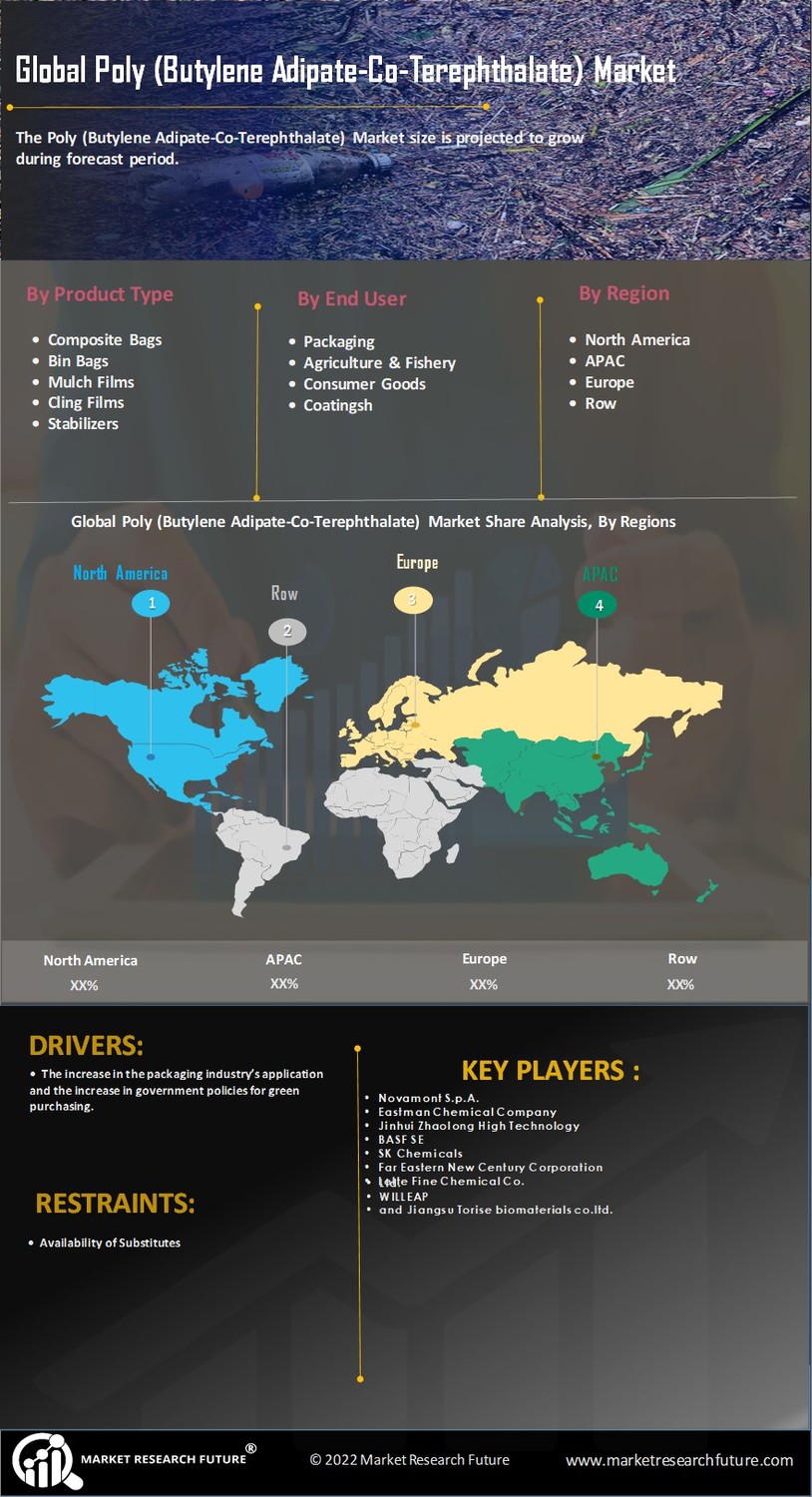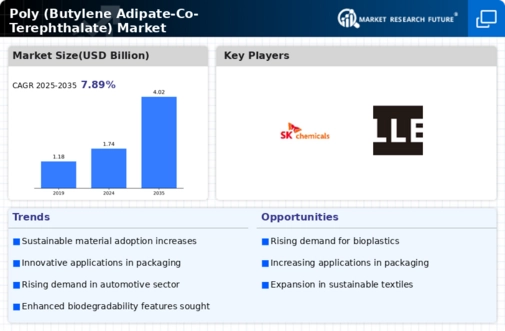By region, the study provides the market insights into North America, Europe, Asia-Pacific and Rest of the World. The Asia Pacific Poly (Butylene Adipate-Co-Terephthalate) market, dominated this market in 2022 (45.80%), a result of government attempts to promote PBAT products, expanding urbanization, a sizable consumer base, growing consumer knowledge of biodegradable products, and sustainability. Growing demand for mulch bags, composite bags, and cling films throughout the region, a growing preference for biodegradable packaging, and rising investments for the development of more advanced PBAT products are also anticipated to propel the growth of the Asia Pacific market.
Moreover, China’s Poly (Butylene Adipate-Co-Terephthalate) market held the largest market share, and the Indian Poly (Butylene Adipate-Co-Terephthalate) market was the fastest growing market in the Asia-Pacific region.
Further, the major countries studied in the market report are The US, Canada, German, France, the UK, Italy, Spain, China, Japan, India, Australia, South Korea, and Brazil.
Figure 2: POLY (BUTYLENE ADIPATE-CO-TEREPHTHALATE) MARKET SHARE BY REGION 2022 (USD Billion)

Source: Secondary Research, Primary Research, Market Research Future Database and Analyst Review
The North America Poly (Butylene Adipate-Co-Terephthalate) Market is expected to register fastest growth from 2023 to 2032. The majority of consumption results from the region's residents' rigorous use of compost and rubbish bags made of PBAT. The end-use industries in the area are also actively adopting PBAT-based packing materials for their products. Due to growing public knowledge of biodegradable plastics, there is now a greater need for PBAT in both compostable and biodegradable packaging. Further, the U.S.
Poly (Butylene Adipate-Co-Terephthalate) market held the largest market share, and the Canada Poly (Butylene Adipate-Co-Terephthalate) market was the fastest growing market in the North America region.
Europe Poly (Butylene Adipate-Co-Terephthalate) market accounts for the significant market share, because consumers have more discretionary income, the food and beverage industry is expanding quickly, there is a growing consumer demand for biodegradable products, there is a developing market for high-quality packaged foods and food items, there is a growing trend toward compostable packaging, and there are strict regulatory regulations.
Future growth of the polybutylene adipate terephthalate market in Europe is anticipated to be fueled by additional factors like rising consumer demand for biodegradable products to lessen environmental impact and rising public and private sector efforts to promote biodegradable plastic to cut down on plastic production. Further, the German Poly (Butylene Adipate-Co-Terephthalate) market held the largest market share, and the U.K Poly (Butylene Adipate-Co-Terephthalate) market was the fastest growing market in the European region













